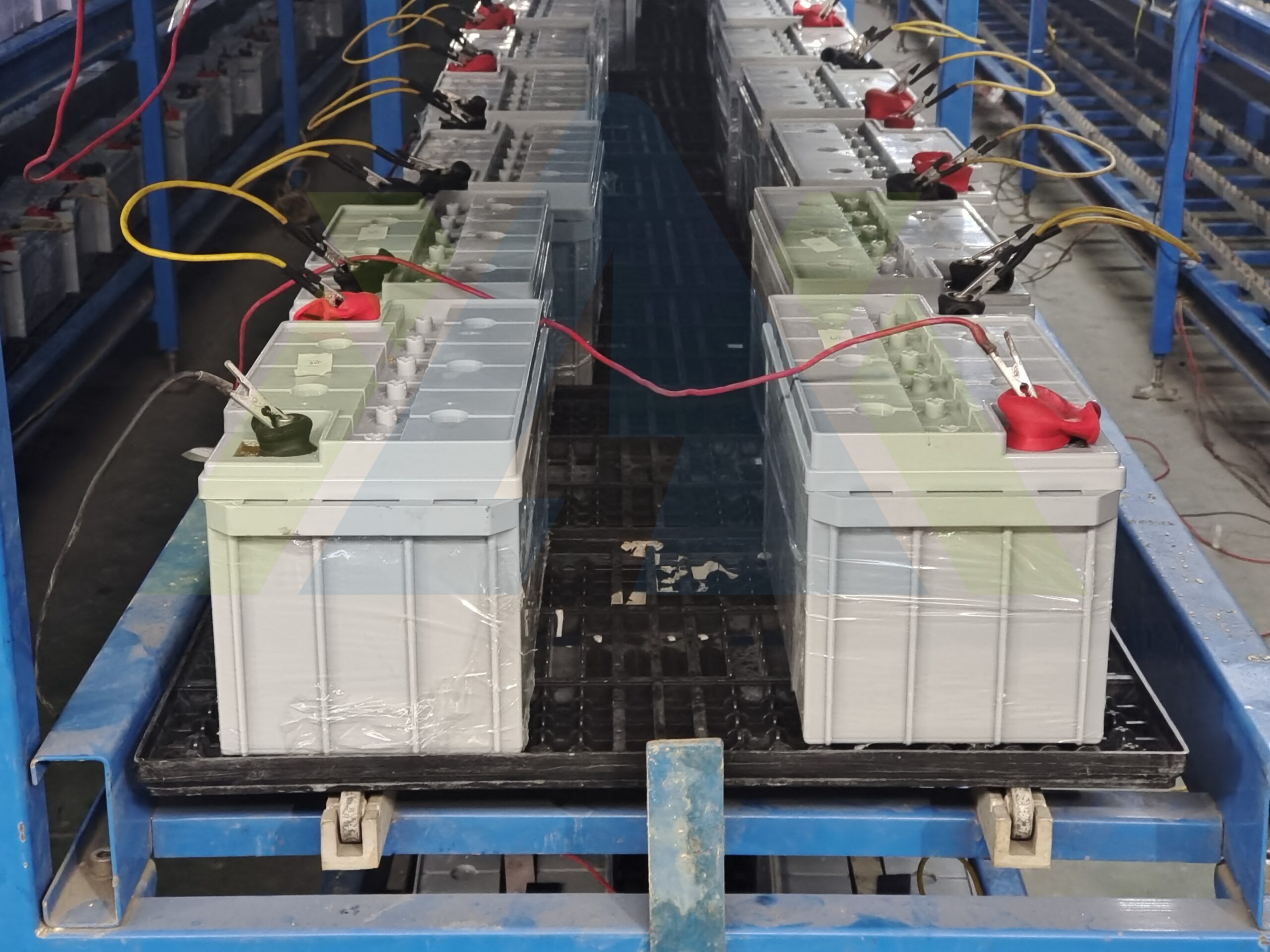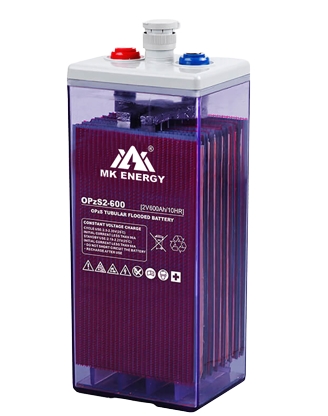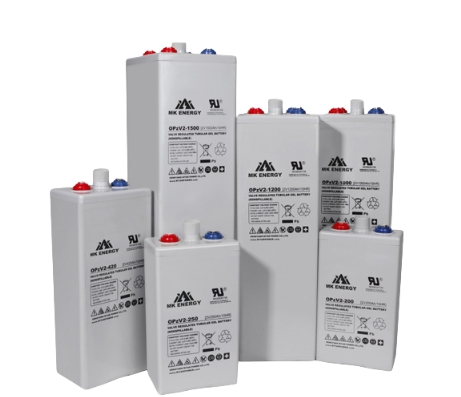As a type of battery, the working principle of a battery is to convert chemical energy into electrical energy, store limited electrical energy, and release electrical energy when needed. In our daily life, what should we pay attention to when using lead-acid batteries?
Battery casing
One of the most obvious features of a lead-acid battery is that there is a plastic sealing cover on the top that can be twisted open, and a ventilation hole can be seen on it. This is the liquid filling cover of the lead-acid battery, which is mainly used to add pure water and check electrolysis. liquid and discharge power generation and gas. Before application, the battery shell and cover need to be checked for cracks to ensure subsequent use of the battery.
Usage environment
Lead-acid batteries are very popular among consumers because of their strong voltage stability. In particular, the voltage of lead-acid batteries with guaranteed quality is more trustworthy, but lead-acid batteries have the same problem as other batteries, that is, users need to stay away from high temperatures when using them, and they must not smoke, because the harsh environment will affect lead-acid batteries. The power generation effect of the battery during use will also cause trouble in subsequent battery maintenance and repair work, and its use in a dry environment will enhance its effectiveness.
Online interface
Due to the fierce competition in the market, there are more and more brands of lead-acid batteries. However, no matter what kind of lead-acid battery, you need to check its connection interface before use to check whether it is damaged to prevent leakage or leakage. Of course, you cannot overtighten the cable interface, because this will affect the smooth transmission of current, causing more battery capacity to be consumed, and adversely affecting the durability and stability of the battery.
Common battery maintenance methods are as follows:
Discharge depth
The cycle life of lead-acid batteries is greatly affected by the depth of discharge. The end of life is because the deeper the discharge depth, the greater the expansion and contraction of the electrode, causing more active materials to fall off the positive electrode, thereby losing the discharge characteristics and gradually reducing the performance. Therefore, when using batteries, deep discharge should be avoided as much as possible, but shallow discharge should be carried out frequently and charged in time. Generally speaking, the best time to charge is when the discharge depth of the lead-acid battery reaches 50%-70%.
Excessive discharge
When the lead-acid battery discharge reaches the cut-off voltage, continuing to over-discharge will greatly harm the battery. Excessive discharge will lead to irreversible sulfation reaction and poor charging performance. Therefore, when using lead-acid batteries, care should be taken to prevent over-discharge. The charging current should be less than or equal to the charging current that the lead-acid battery can withstand. Otherwise, the excess current caused by overcharging will consume the electrolytic water too quickly. Over time, charging will become very difficult, so charging should be done as much as possible. May prevent overcharging.
Charge in time
Lead-acid batteries are very sensitive to discharge and loss of electricity. If the battery is left uncharged for 3-7 days, it may be permanently damaged. Timely charging can eliminate the slight sulfation phenomenon of the battery and keep the battery in a circulating state, which helps to extend the service life of the battery. In order to ensure the normal operation of a battery that has not been used for a long time, the battery should be charged every 15 days or so to replenish the self-discharge power lost during the battery’s resting period.
Charging temperature
When the temperature is high in summer, the operation of lead-acid batteries will suffer from overcharging. In summer, the temperature of lead-acid batteries should be lowered as much as possible to ensure good heat dissipation, avoid charging under hot sunlight, and keep away from heat sources. In low-temperature environments, charging will mainly face problems such as reduced charging capacity and internal battery losses during charging. In low-temperature environments, we need to take insulation and anti-freezing measures, especially when charging, the equipment needs to be placed in a warm place. This can ensure sufficient charging power, avoid irreversible sulfation reactions, and extend the service life of the battery.
Protect the charger
Most modern chargers are not designed to withstand vibration. After oscillation, the internal potentiometer will drift, causing parameter changes and thus affecting the charging effect. We need to pay attention to ensuring that the charger is well ventilated when charging the battery to prevent it from affecting the life of the charger or causing abnormalities in the charging process. You are also not allowed to change the charger at will or remove the speed limit of the controller.
If you are interested in our lead-acid batteries or lithium batteries, please feel free to inquire or follow our social media accounts.



